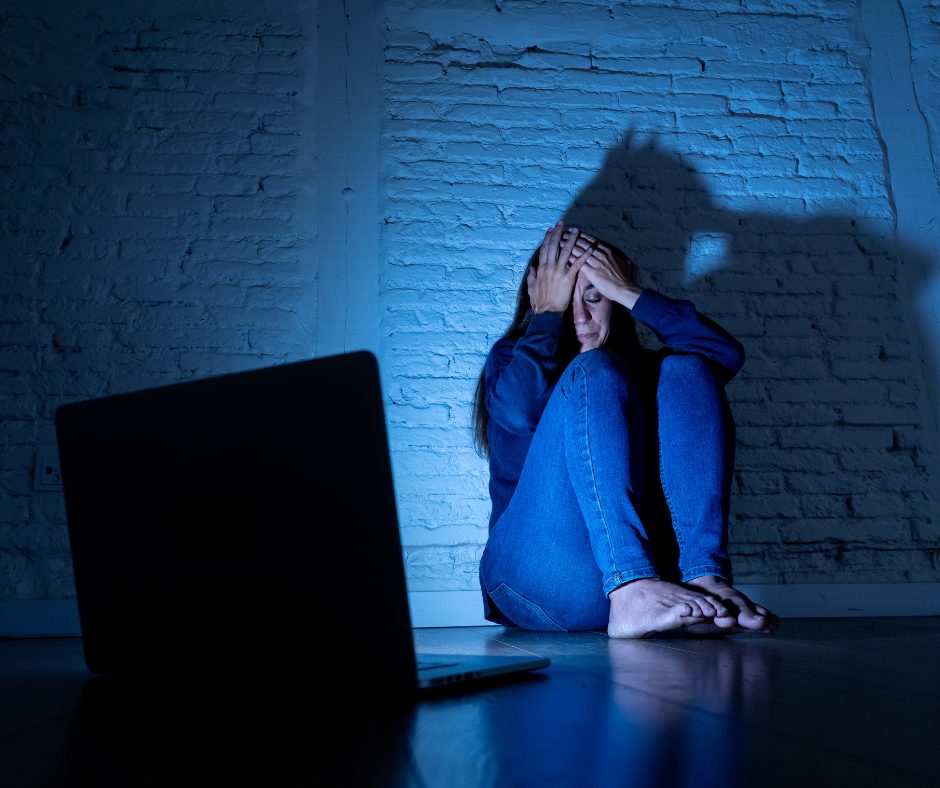Cyberbullying: The Silent Epidemic and its Toll beyond Childhood
Guest blog by Grace McDade, TechUPWomen Alumna.
When we think about bullying, our minds often go straight to children. Fights in the playground, name-calling and a quick online search for bullying resources confirms this bias: most materials are aimed at helping children and supporting parents. But with Stand Up to Bullying Day on February 28th, it’s essential to recognise that bullying extends far beyond the classroom.

Adults, too, experience bullying in many forms, from workplace harassment to cyberbullying. The digital world, which connects us in so many positive ways, also enables damaging forms of harassment.
Cyberbullying is no longer just a concern for young people. It is a serious issue impacting professionals, particularly women and non-binary individuals, in ways that can damage careers, mental well-being, and opportunities for advancement.
A 2021 YouGov survey found that 1 in 10 people had received online abuse that year.
But cyberbullying is not a problem shared equally. Studies consistently show that women; especially women of colour, disabled women, and LGBTQ+ individuals, are disproportionately affected by online harassment. A recent report revealed that 38% of women have personally experienced online violence, while 85% of women have witnessed abuse directed at other women.
Women in technology face an additional layer of digital abuse, often stemming from the persistent gender bias in the industry. Despite progress in gender equality, women and girls remain underrepresented across the creation, use, and regulation of technology. This imbalance contributes to a culture where online harassment is more prevalent and often goes unchecked.
According to recent studies, over 50% of women in tech report facing online harassment, including sexist comments, belittling remarks, and exclusion from professional networks. Women have reported they have taken a step back professionally, avoided leadership roles, or stopped engaging in public discussions due to online abuse. This leads to a vicious cycle: being visible online is crucial for career advancement like networking, applying for jobs, or sharing expertise. However, this increased visibility also makes individuals more susceptible to online abuse – like cyberbullying.
The good news is that we are not powerless against online abuse.
There are numerous brilliant resources available to support individuals experiencing online abuse and to help others become active bystanders. Such as Glitch, a charity dedicated to ending online abuse and championing digital citizenship by educating people on how they can engage in all digital spaces with respect. Glitch provides resources on what to do if you’re experiencing online abuse, how to be an active bystander, and steps to create safer digital spaces.
While online abuse may be widespread, we all have a role to play in combating it. Here’s how you can take action:

- Be an active bystander: If you witness online harassment, speak up and support the person being targeted. See Glitch’s excellent resources on “Being an Online Active Bystander”.
- Educate yourself and others: Share resources like Glitch’s guides with your colleagues and friends.
- Practice digital self-care: Set boundaries for your online engagement and use privacy tools to protect yourself from abuse.
Stand Up to Bullying Day serves as a powerful reminder that bullying is not just a childhood issue. In the digital age, cyberbullying can deeply affect individuals at all stages of life, particularly women of colour, disabled women and LGBTQ+ women and non-binary people.
By fostering inclusive online environments and supporting those affected by cyberbullying, we can help create a culture where no one is silenced, excluded, or made to feel unsafe in their professional communities. Let’s use our voices and actions this stand up to bullying day (and every day!) to stand up against cyberbullying and create a safer, more respectful digital world for all.
